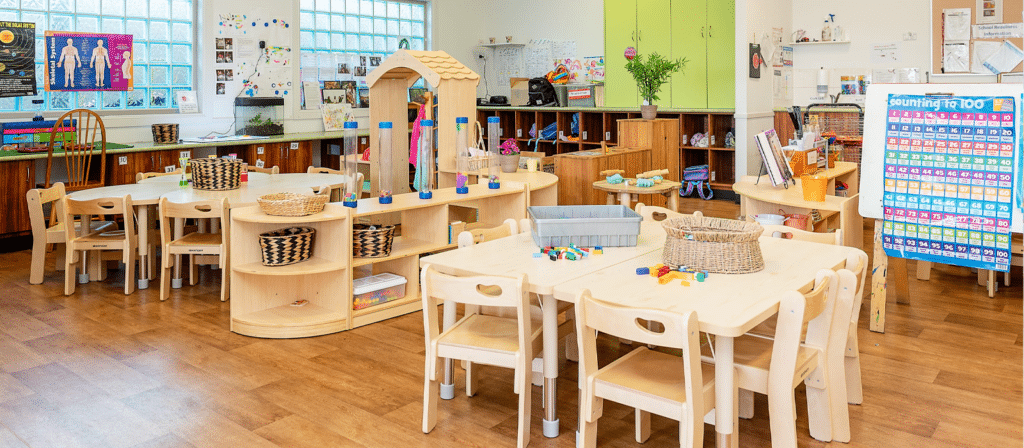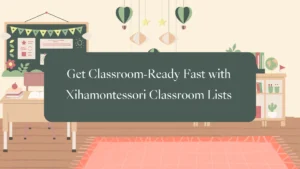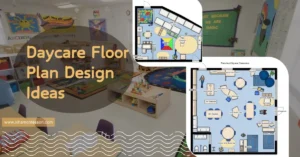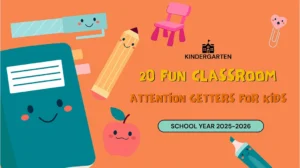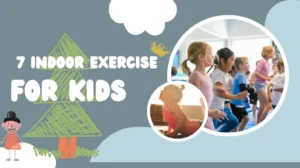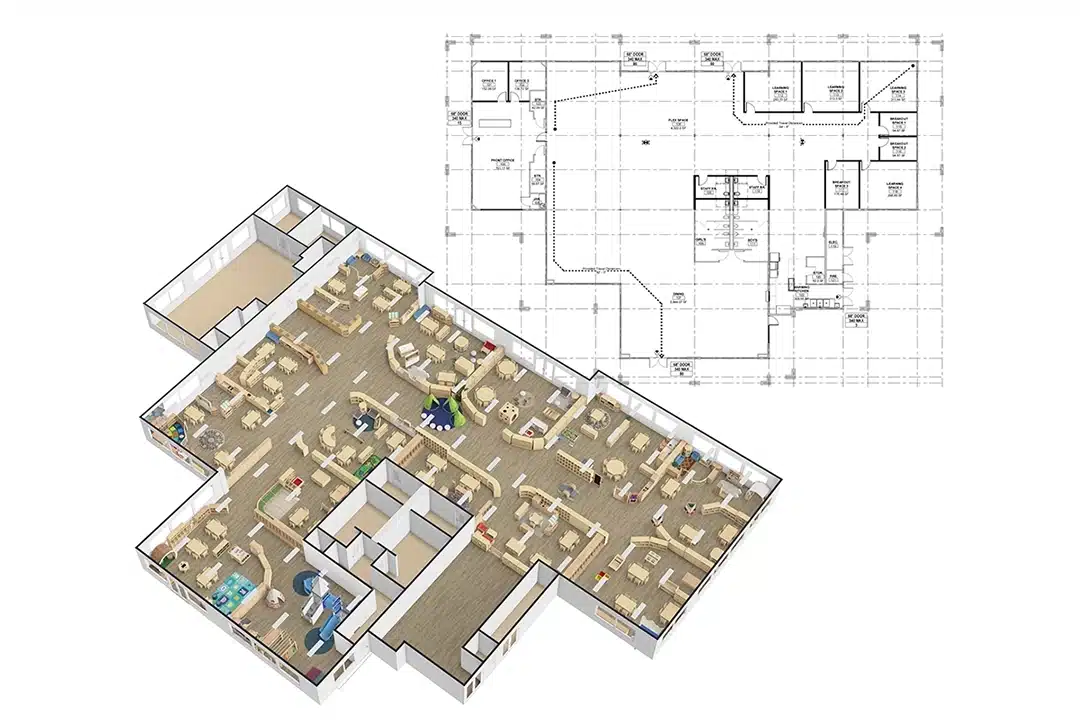Looking to create a captivating learning space for young minds? Wondering how furniture design can make a difference? Prepare to be amazed as we unravel the secrets of creating an engaging Reggio Emilia classroom. Ready to explore the transformative power of furniture? Let’s dive in!
Reggio Emilia classroom furniture design offers a myriad of benefits for early child development. It fosters a sense of wonder, creativity, and collaboration. By providing versatile and open-ended furniture, it nurtures exploration, imagination, and critical thinking. Discover how the right furniture elevates the Reggio Emilia approach and unlocks your child’s full potential.
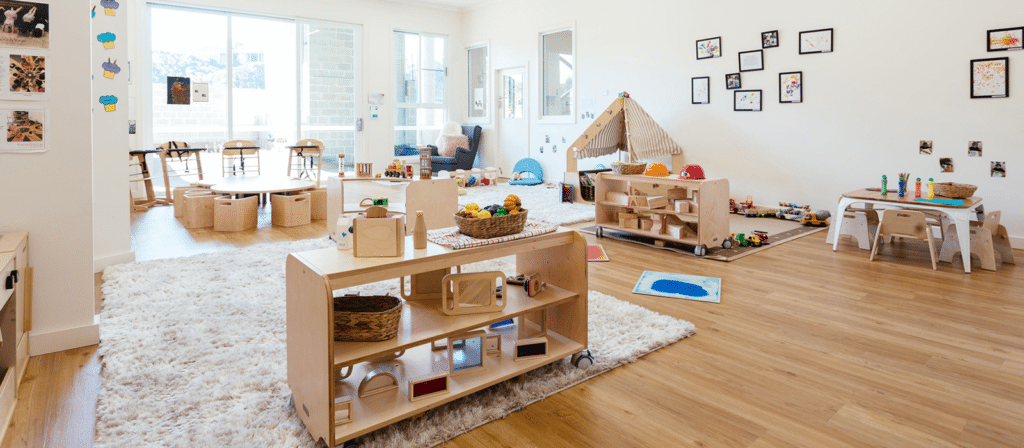
How does furniture design affect the learning environment?
Furniture design is a critical aspect of creating an engaging learning environment. The design of the furniture can impact the flow of the classroom, the level of comfort for students, and the overall aesthetic of the space. Furniture that is designed with the Reggio Emilia approach in mind should be functional, durable, and visually interesting.
Unlock the power of Reggio Emilia classroom furniture design
- Inspiring Wonder and Curiosity:
Incorporate natural elements like plants, stones, and wooden materials into your furniture design to evoke a sense of wonder and curiosity. Create inviting and intriguing spaces that spark children’s curiosity, encouraging them to explore and discover the world around them. - Fostering Creativity and Imagination:
Design flexible and adaptable spaces that allow for creative expression and imaginative play. Incorporate open-ended materials, movable furniture, and designated areas for art, dramatic play, and storytelling. Let children’s imaginations soar as they transform the environment to suit their evolving ideas and narratives. - Encouraging Collaboration and Communication:
Arrange furniture to facilitate collaboration and social interaction. Design collaborative workstations, group tables, and comfortable discussion areas where children can engage in meaningful conversations, teamwork, and idea-sharing. Encourage active listening, empathy, and effective communication skills. - Cultivating Critical Thinking and Problem-Solving:
Provide furniture that supports hands-on exploration and problem-solving. Include storage units with easily accessible materials, display spaces for showcasing projects, and versatile workstations that can be rearranged for different activities. Encourage children to experiment, ask questions, and find creative solutions to challenges. - Celebrating Individuality and Self-expression:
Create spaces that honor each child’s unique voice and identity. Incorporate personal display boards, comfortable reading nooks, and flexible seating options that cater to individual preferences. Allow children to express their thoughts, emotions, and ideas freely, fostering a sense of belonging and self-confidence.
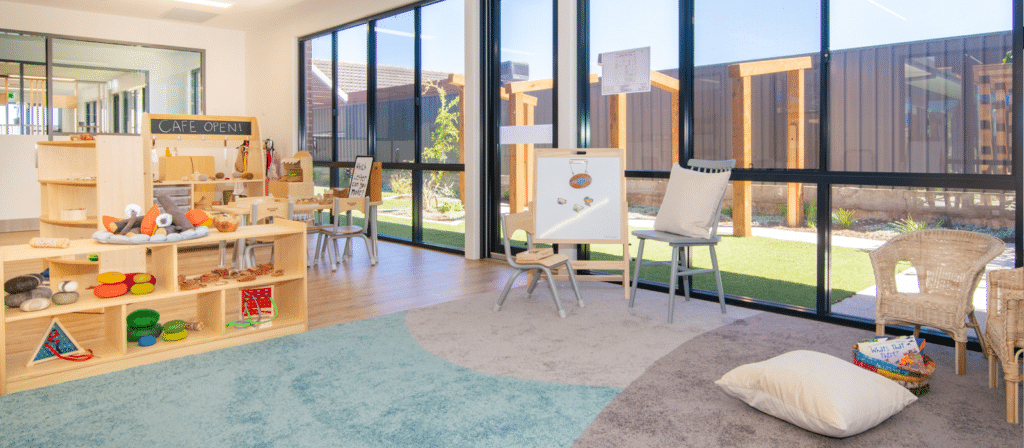
What are some examples of Reggio Emilia furniture design?
There are many examples of Reggio Emilia furniture design, including the use of natural materials such as wood and stone, the use of open-ended furniture pieces such as tables and chairs that can be easily rearranged, and the use of flexible storage units that can be used for a variety of purposes. Examples of Reggio Emilia furniture design can be found in many classrooms and learning environments, including preschools, elementary schools, and even universities.
In conclusion
Furniture design is a critical aspect of creating an engaging Reggio Emilia classroom. By focusing on natural materials, simplicity, and open-mindedness, furniture can be used to support the principles of Reggio Emilia education and create a learning environment that is aesthetically pleasing, engaging, and promotes creativity. Whether you are an educator or a parent, it is important to consider the design of the learning environment when creating a space that supports children’s growth and development.
Remember, the furniture is not just functional; it becomes an integral part of the educational experience, igniting a love for learning and nurturing the holistic development of young minds.

